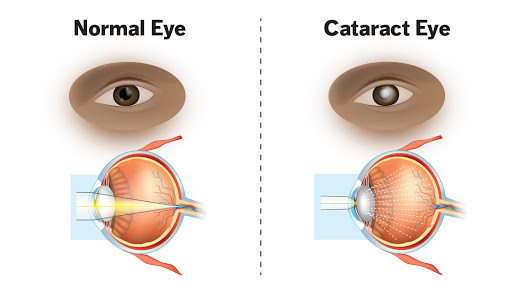
Diabetes and Cataracts
A diabetic person is as much as five times more likely to develop cataracts than someone without diabetes. Why? Because high blood sugar can make the lens of the eye swell and cause opaque proteins to accumulate there, which turns it cloudy. Thanks to modern cataract removal surgery, however, cataracts are very treatable.
Diabetic Retinopathy and Macular Edema
When the blood is more acidic from high blood sugar, it can actually damage blood vessels. This is a big problem for the tiny capillaries that nourish the retina at the back of the eye. Diabetic retinopathy is when those capillaries leak. The body attempts to repair the damage by growing new blood vessels, but these are less stable and even more likely to leak than the old ones. There aren’t always symptoms at first, but a common one is dark blotches or floaters in the field of vision.
About 10% of people who get diabetic retinopathy eventually develop its cousin, DME, which is the buildup of fluid in the macula (the part of the retina that gives us our detailed central vision). The fluid distorts vision and washes out colors. It may need surgical treatment to restore more normal vision.
